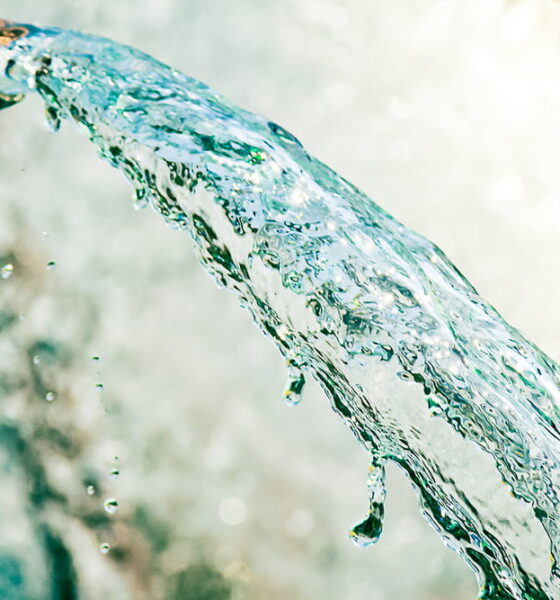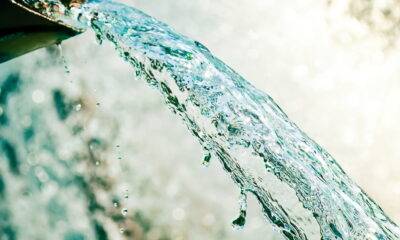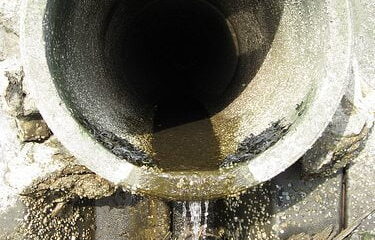

Environment
Eliminate Water Waste the Next Time Your Family Does the Laundry
Water waste is a huge problem in the United States. The average family wastes around 9,400 gallons of water every year, according to data from the EPA.
There are a lot of ways that people waste water when doing laundry. If your family is making this mistake, then you should make some major changes.
Slash Water Waste When Doing Laundry
As much as we all loathe doing it, laundry is one of those inescapable chores – something that won’t get done even if you try to ignore it. Most of us know by now that the electrical and water resources needed to complete laundry is massive, and it’s said that around 10% of a home’s electricity goes into washing and drying clothing.
Laura Newcomer, an author at Fix.com, wrote a great article on tips to avoid water waste doing the laundry. I highly recommend her tips.
Improvements have been made over the years by washing machine manufacturers and detergent companies to make laundry eco-friendlier and more efficient, but a lot of the work is still down to the person doing the laundry to make each and every load that little bit greener. If every homeowner can make a few small steps to use less water and energy when they do their laundry, then we’re looking at a brighter, cleaner future.
Try cold water washes – These days, cold water is just as effective at removing stains and bad scents as hot water. Washing machines require a lot of energy to heat up the water, so opting for a cold wash is perhaps the most efficient way to conserve electricity. What’s more, many detergent brands are now revamping their products in order to work better in cold water and use renewable ingredients. You’ll find that you have exactly the same result if you’d have done laundry on a typical hot wash.
Only run full loads – Save up as much clothing and bedding for a full wash, rather than lots of small washes whenever the mood strikes you. It’s best to group certain items together, such as all whites, all colored laundry, and bedsheets and towels, for example, and only wash when the machine is full. Some delicate items like silk or wool are often best to clean by hand. Granted, it’s still a good idea to leave about a palm-width of space in the machine so that the water and detergent have enough room to do its work, otherwise your laundry may end up with detergent stains because it hasn’t been removed properly.
Make use of machine settings – Modern washing machines have settings for quick or small loads, so if you’ve stained a shirt with red wine and need to wash it ASAP, there will typically be a quick wash setting, meaning you only use a fraction of the water because it’s just one item. It’s better to pre-treat the stain so that you don’t have to wash again!
If possible, skip the dryer – Dryers are hungry for energy, but if you can let your items air-dry, then it’s way more economical and often better for clothing. If you didn’t manage to get rid of a stain and throw it in the dryer unwittingly, then it’s next to impossible to remove it after this point due to the intense heat. Use a clothesline and you’ll find that you can save a lot of energy this way. It’s actually possible to find clotheslines that are very practical for small spaces, so there’s no excuse now!
Doing Laundry Doesn’t Have to Wreck the Environment
There are a lot of great ways to help the environment. You can find that the benefits of doing laundry the green way are well worth it.


 Environment9 months ago
Environment9 months agoAre Polymer Banknotes: an Eco-Friendly Trend or a Groundswell?

 Environment11 months ago
Environment11 months agoEco-Friendly Home Improvements: Top 7 Upgrades for 2025

 Features8 months ago
Features8 months agoEco-Friendly Cryptocurrencies: Sustainable Investment Choices

 Features10 months ago
Features10 months agoEco-Friendly Crypto Traders Must Find the Right Exchange



























